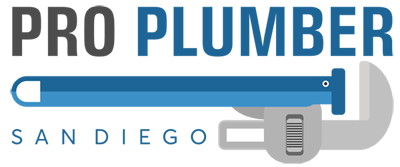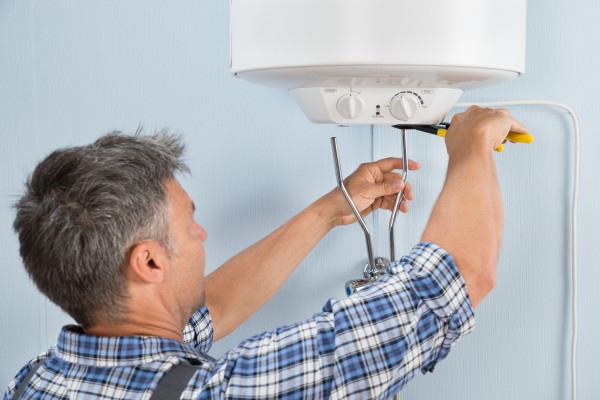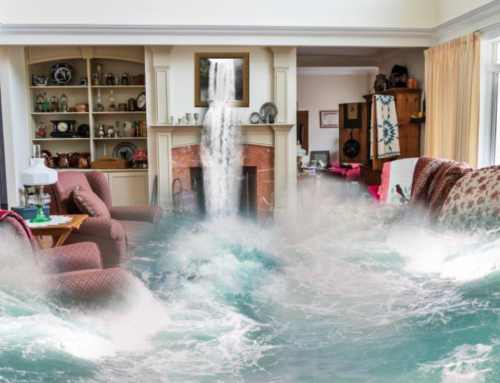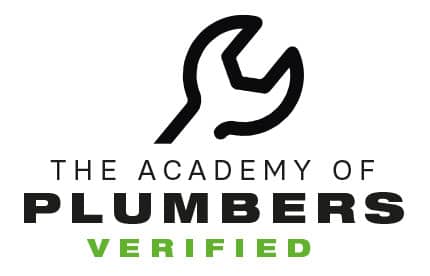Navigating the aftermath of a flood is no easy feat. Especially when it comes with its share of challenges—daunting, dangerous, and often downright frustrating. For an example, a burst pipe in wall can be hard to diagnose without a plumbing professional.
Also, while the task of post-flood cleanup is unavoidable, enlisting the help of professionals can significantly alleviate the anxiety and frustration that accompanies it. Entrusting the work to experts not only ensures a thorough cleanup but also allows you to detach emotionally from possessions that may have been damaged, aiding in the discernment of salvageable items.
A burst pipe in wall will often need professional services, but maybe you are unsure of the source of the water?
Time is of the essence in flood recovery; every moment spent focusing on a single area of the problem allows water to seep deeper into the wood, drywall, and carpet of another area of your home. A burst pipe in wall can quickly fill up the wall conduit and allow water to flow into multiple areas. For a seamless flood remediation and restoration process, consider reaching out to professionals who specialize in handling these challenging situations.
Meanwhile, Pro Plumber stands ready to assist with any plumbing issues or the replacement of broken fixtures, ensuring a comprehensive approach to post-flood recovery. We can also arrive at a flood scene with our complete restoration partners Orange Restoration, a fully licensed, insured flood remediation, and water damage restoration company.
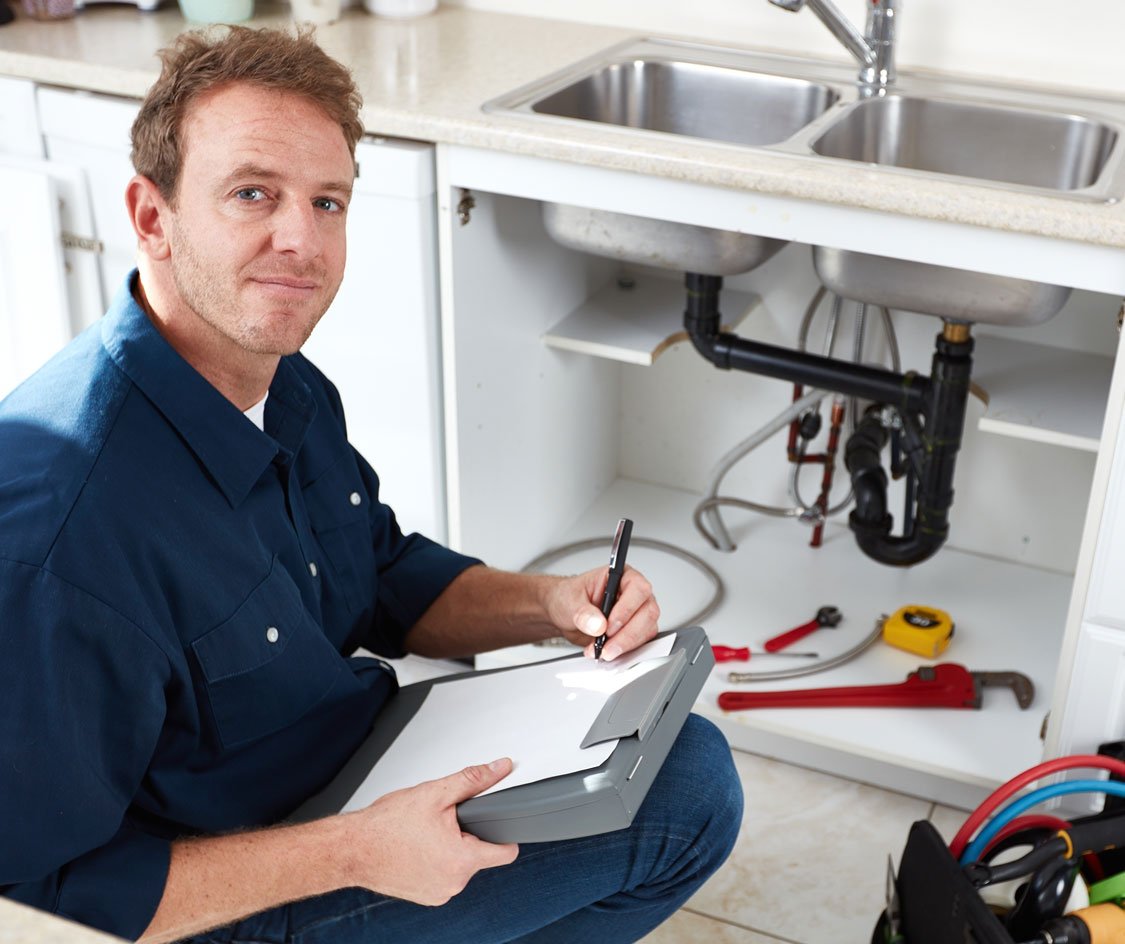
Guide to Flood Damage Clean up
Safety First: Before starting any cleanup, prioritize safety. Turning off the electricity and gas supply to avoid potential hazards is a wise decision for safety, especially when dealing with a burst pipe in wall or a flood where you are unsure of the source of water. If the flooding is extensive, consider wearing protective gear such as gloves, boots, and a mask.
Depending on the source of the flood, if the water came from a burst pipe in wall or from a sewer line, you should adjust to using proper safety gear. If dealing with dark water or even gray water sources, we suggest working with professionals to rapidly do the work and also ensure safe water remediation. Also, the restoration process for after a sewage spill will be more complex as the decontamination process should be done by professionals.
Document the Damage: Take photographs and make a detailed inventory of the damage. This documentation will be crucial for insurance claims and working with plumbing professionals to address specific issues like burst pipes and cracked sewer lines. Hiring a professional will often help you to document the damages. Work with them to discuss the root of the problem for each problem, a cracked sewer line or a burst pipe can be obvious, but make sure to ask the questions and document the concerns.
Consult with Plumbing Professionals: For more complex plumbing issues like burst pipes in walls or extensive damage to the sewer lines, consult with experienced plumbing professionals. Their expertise is invaluable in ensuring thorough plumbing repairs.
Address Immediate Plumbing Concerns: After speaking to a plumbing professional, or while they are on their way, you can begin to identify and address immediate plumbing concerns. If you notice a burst pipe, cracked sewer line, or water heater burst, take steps to mitigate the damage. Shut off the main water supply, electricity, and gas lines, if the water is still flowing or you detect a gas leak.
Water Extraction: Begin by extracting standing water from your home. Utilize pumps and professional grade wet/dry vacuums to remove as much water as possible. Focus on areas prone to water accumulation, especially around plumbing fixtures.
If more water is coming from the fixtures or pipes, you will need to turn off the water and may need to call a professional to fix the damage. Water extraction can take many steps, getting started might be good, but ultimately for larger water damage projects, you will need to contact a professional to properly avoid more damage and risks of mold development.
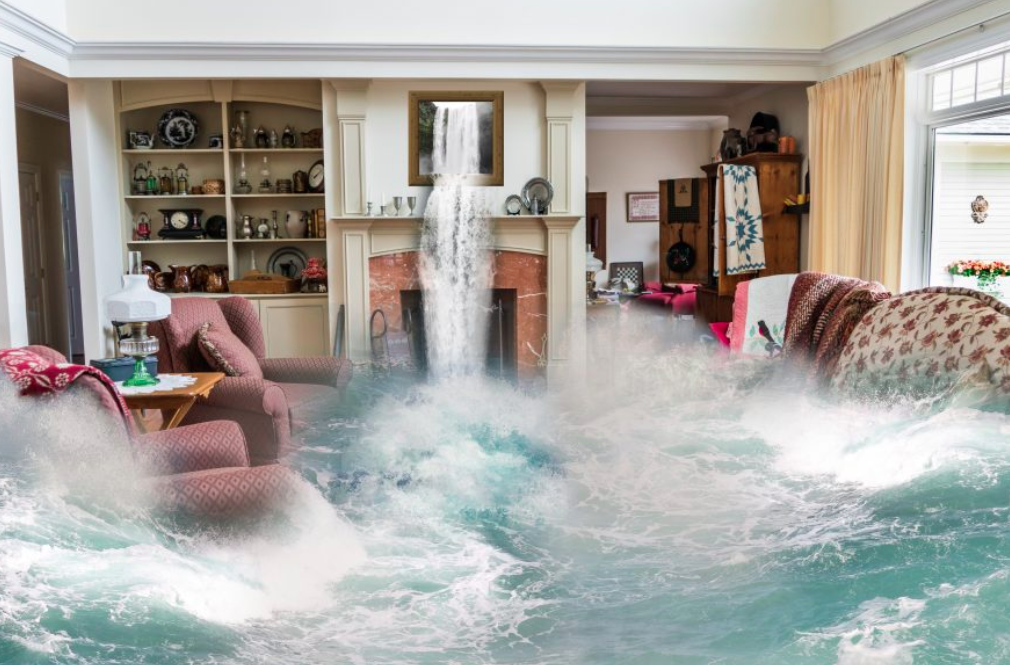
Assess Structural Damage: Inspect the structural integrity of your home after a flood. Check for any signs of damage to walls, floors, and ceilings, especially around burst pipes in walls and cracked pipes. After a flood, consult with a professional to have a full damage assessment.
Dry Out the Space: Thoroughly dry the affected areas using fans and dehumidifiers. Pay special attention to spaces where water may be trapped, such as within walls or under flooring. If the flood source was a burst pipe in wall, you will need to remove drywall to do the repairs, so dispose of any drywall that is soaking wet or cannot easily be dried.
Mold Prevention: Take preventive measures against mold growth. Apply mold-inhibiting solutions such as vinegar, and ensure proper ventilation. Address any waterlogged materials that may promote mold development.
Any water logged furnishings should be removed from the home and put in the sun to dry if possible. While you are working in another area of the home, getting water naturally pulled out by warmth from sun and air movement can help a lot with drying until you can provide proper attention.
Inspect and Repair Burst Pipes: If you are not sure of the flood source, after turning off the water and power, carefully inspect plumbing for burst pipe in wall or exposed piping. If identified, repair or replace the damaged sections promptly with a professional service provider. Seek professional assistance to address the burst pipes in wall or other concealed areas that will need plumbing repairs.
Evaluate Cracked Sewer Lines: If you cannot find the leak, if the water has a murky color or pungent odor, you may have a cracked sewer line. Have cracked sewer lines professionally evaluated. Sewage backups pose health risks and require specialized attention. Addressing cracked sewer lines promptly is crucial to preventing further contamination.
Clear Clogged Pipes: Inspect and clear any clogged pipes to restore proper drainage before turning the water back on. Use plumbing snakes or augers for difficult clogs, but consult professionals for more severe blockages.
Water Heater Assessment: Examine the water heater for any signs of damage. If there’s a water heater burst, consult with plumbing experts to repair or replace the unit. A professional will ensure proper installation and functioning to prevent future issues.
Test Plumbing Systems: After cleanup, systematically test all plumbing systems. Check faucets, toilets, and appliances to ensure they are functioning correctly. Monitor for any signs of leaks or irregularities.
Work with Your Insurance: Coordinate with your insurance provider throughout the flood mitigation process. Provide them with documentation, including photographs of the burst pipe in wall, and repair estimates, to expedite the claims process.
Tips for Preventing Future Floods
If you know your home is at risk of flooding, implementing preventive measures to avoid future flooding might be a good idea. Prevention starts with regular plumbing inspections, discussing emergency procedures ,and flood prevention intricacies with the home residents. Also, considering waterproofing or weather stripping solutions to protect against leaks. Be sure to prepare for the rainy season or natural flood sources. Always be on the lookout for burst pipes, burst pipes in wall, knocking pipes, water pressure issues, and other plumbing emergencies.
Here are Some More Specific Flood Prevention Tips:
Regular Plumbing Inspections: Planning to protect your home by properly working with professionals might be the best advice. Scheduling regular inspections of your plumbing system, including pipes, joints, and connections. This will help with identifying problems, and addressing issues early can prevent leaks, water damage, and potential flooding.
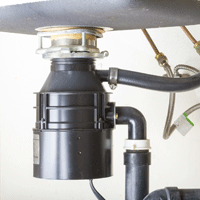
Check for Leaks: You can inspect your plumbing also! Routinely inspect for leaks under sinks, around toilets, and near appliances with water connections. Addressing small leaks promptly can prevent them from turning into a flood source.
Inspect Washing Machine Hoses: Washer machines are a common cause of home floods. Regularly inspect and replace washing machine hoses if they show signs of wear or deterioration. A burst washer machine hose can lead to a large amount of water flooding outside of the washer basin.
Upgrade Plumbing Fixtures: When pipes, or fixtures have served their purpose and aged past their prime, consider upgrading to modern plumbing fixtures with built-in leak detection and shut-off features. These fixtures can help minimize the impact of leaks and bring more enjoyment to your home.
Monitor Water Pressure: Monitor your home’s water pressure by reviewing regular utility bills or noticing changes of water pressure during usage. Excessive water pressure can strain pipes and increase the risk of leaks. Consider installing a pressure regulator if needed, this can also help you with detecting leaks. If you hear knocking of pipes, call a plumber to adjust the pressure or install a water hammer arrestor.
Secure Water Heater: Secure your water heater in an elevated position, such as on a platform. This helps prevent water damage in case of a flood and ensures it remains functional.
Household Emergency Procedure to share with Family:
The plans for home emergencies should be discussed with the family members or guests of the home. Remember, rapid response is the best policy, but knowing how to act is also a good ting to discuss. Also, here are some common tips to help prevent blockages, floods, and other plumbing emergencies.
Properly Dispose of Grease: Avoid pouring grease and cooking oils down the drain. Over time, these substances can accumulate in pipes, leading to clogs and potential flooding.
Avoid Flushing Inappropriate Items: Educate household members about what can and cannot be flushed down the toilet. Avoid flushing items like wipes, paper towels, and hygiene products to prevent plumbing blockages.
Know the Location of Main Shut-Off Valve: Familiarize yourself with the location of the main shut-off valve for your water supply. In case of a plumbing emergency such as a burst pipe in wall or burst water heater, turning off the main valve can prevent extensive water damage.
Home Exterior Maintenance to Prevent Flooding
Know Your Property’s Flood Risk: Understanding your property’s flood risk allows you to tailor preventive measures accordingly. Consult local flood maps and take appropriate actions to minimize risk. The flood risk for every home is different, make sure you understand the unique risks for your property.
Implement Proper Grading: Knowing your property flood risks and the grounds around the home are important for protecting against flooding from rain or natural water sources. Ensure that the ground around your home slopes away from the foundation. Proper grading directs water away from the house, preventing it from pooling around the foundation.
Implement Landscaping Strategies: Choose plants and landscaping features that absorb water and prevent soil erosion. This can enhance your property’s ability to handle heavy rainfall. Also, make sure to trim trees touching the home, these can easily impact gutter systems.
Create Proper Drainage Paths: Along with proper grading and landscaping, use French drains and install proper drainage paths around your property. This includes swales, berms, and channels to direct water away from vulnerable areas.
Install Rain Gutters and Downspouts: Attach rain gutters to your roof and connect them to downspouts that direct water away from the foundation. When paired with French drain systems, this helps prevent water accumulation around the home.
Check and Clean Drains Regularly: Keep storm drains, gutters, and downspouts clear of debris. Regular maintenance ensures efficient water flow and prevents blockages that could lead to flooding. We can help with blockages, we have Hydrojetting tools and offer Hydrojetting services!
Seal Foundation Cracks: Regularly inspect and seal any cracks or gaps in the foundation walls. This prevents water from seeping into the basement or crawl space.
Install a Backflow Prevention Valve: If your home is specifically prone to flooding, you may want to consider discussing a Backflow Prevention Valve to the main sewer line. Fit a backflow prevention valve on the main sewer line. This valve helps prevent sewage from flowing back into your home during flooding.
Pro Plumber Wrap-Up
In the face of a flood, every homeowner must grapple with the challenges—daunting, dangerous, and frustrating. Seeking professional assistance is vital, especially when dealing with complexities like a burst pipe in wall. Time is of the essence in flood recovery, as each moment spent on a single area allows water to penetrate deeper into the structure. Call a professional ASAP!
Pro Plumber stands prepared 24/7 to address not only plumbing issues but also collaborates with restoration experts like Orange Restoration for a comprehensive approach. From burst pipe in wall to cracked sewer lines, our team is equipped to handle all plumbing emergencies including floods from an unknown source.
A flood’s aftermath requires meticulous cleanup, repairs, restoration, and preventive measures for future flooding. Don’t let water heater bursts or clogged pipes become recurring nightmares—take proactive steps and safeguard your home against future floods. If you need help, you can trust in Pro Plumber’s expertise for a creating a resilient and flood-resistant living space.



